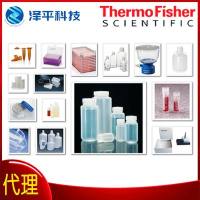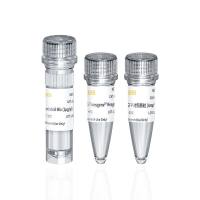Trans-Splicing Vectors Expand the Packaging Limits of Adeno-Associated Virus for Gene Therapy Applications
互联网
774
The limited packaging capacity of adeno-associated virus (AAV) has long been recognized as one of the most troublesome obstacles for the development of this gene delivery system. This size constraint derives from the inherent properties of the wild-type AAV virus. As the smallest DNA virus, the assembly of the AAV capsid can only accommodate a single-strand (ss) DNA molecule of less than 5 kb. Therefore, the majority of AAV-based gene therapy protocols have focused on developing this vector for small disease genes, such as factor IX in hemophilia B. Despite this seemly “narrow” area of application, recombinant AAV (rAAV) has still attracted tremendous interest in the field of gene therapy and has become one of the mainstream vectors on trial for clinical applications. Remarkable therapeutic effects for several common genetic diseases, such as diabetes (1 ) and hemophilia B (2 –4 ), have been demonstrated in small and large animal models. Phase I dose-escalation studies in hemophilia B patients presented favorable clinical outcomes in the absence of significant toxicity and germline transmission (5 ). The success of AAV gene therapy relies on several salient features of the vector system, including its high efficiency and persistence of gene transfer. AAV is also one of the safest viral vector systems because of the ability to easily delete all viral genes in the recombinant vector. The wild-type virus is not linked to any known human diseases, and the recombinant vector does not evoke harmful cellular immune response. The remarkable progress in AAV-mediated gene therapy for “small gene diseases” has inspired those in the field to develop AAV vectors for the diseases caused by genes larger than 5 kb. Recent breakthroughs in several laboratories have proven the feasibility of overcoming AAV packaging limitations (6 –9 ). In this chapter, we will first review the theoretic basis for this novel AAV vector strategy and then provide detailed working protocols, along with examples, as a guide for generating dual vector trans- splicing systems.









